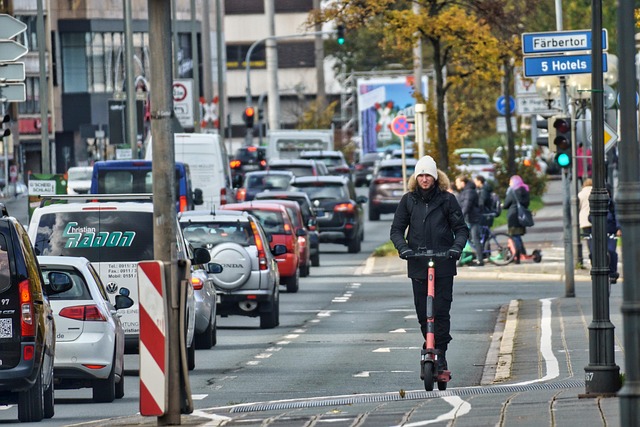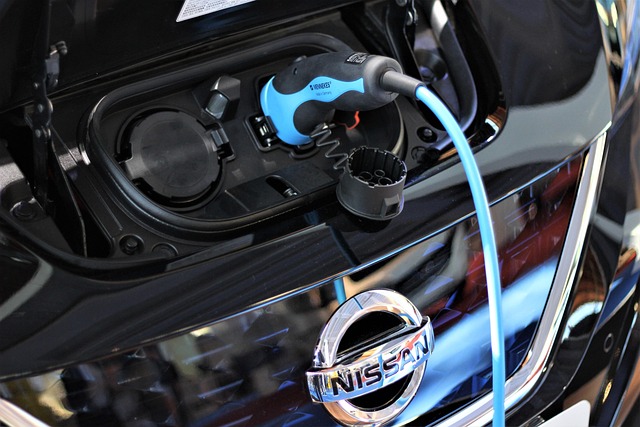Life in a rural community often conjures up images of tranquility and simplicity. The slow pace, the close-knit community, and the vast open spaces that stretch as far as the eye can see. It’s a lifestyle that many city dwellers yearn for, a break from the hustle and bustle of urban living.
But amidst the charm of rural life lies a challenge that residents and policymakers alike grapple with – transport sustainability. Navigating the cul-de-sac of transport infrastructure in rural areas can be a complex task. The very nature of rural development, with its scattered population centers and vast distances between them, poses unique challenges when it comes to ensuring sustainable and efficient transportation.
Creating transportation networks that are both environmentally friendly and economically viable is crucial for the development of rural communities. The need for accessible public transport, efficient road systems, and sustainable modes of travel is essential for connecting rural areas with urban centers and facilitating economic growth.
Transport sustainability goes hand in hand with rural development. By investing in green transport solutions, such as electric vehicles or improved public transportation, rural areas can reduce their carbon footprint and create a more sustainable environment for future generations.
As we navigate the cul-de-sac of transport sustainability in rural development, we must find innovative solutions that strike a balance between preserving the rural way of life and embracing the advances of modern transportation. By working together and investing in sustainable transport infrastructure, we can ensure that rural communities thrive while preserving the natural beauty that makes them so special.



